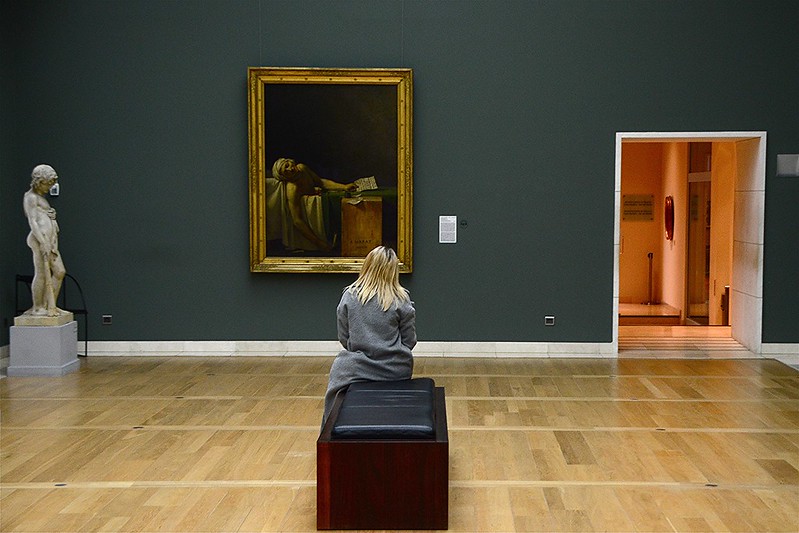In the middle of the 18th century, French artistJacques-Louis Davidpioneered a new genre of painting.
Aptly titledNeoclassical, this movement was seen as a revival of the idealized art of Ancient Greece and Rome.
Though rendered in a style reminiscent of antiquity, Neoclassical paintings often feature contemporary scenes and subjects.
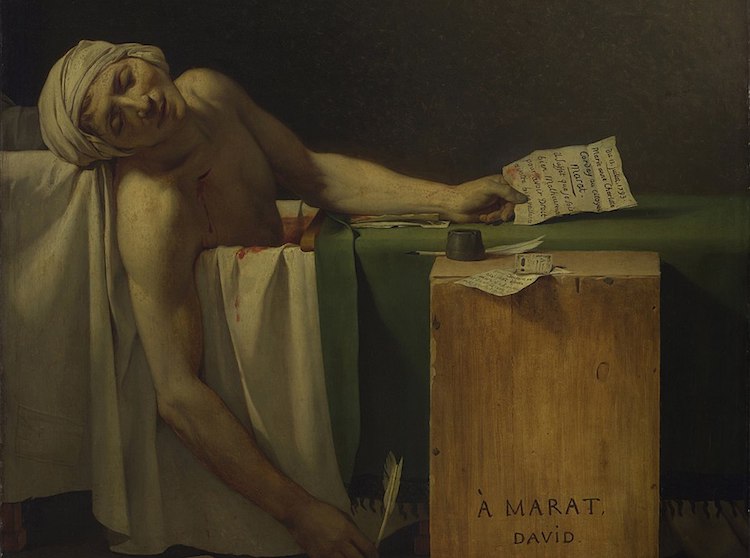
The Death of Maratwas completed in 1793, four years after the onset of the French Revolution.
Revolutionary ideas were also heavily shaped by theEnlightenment, an 18th-century intellectual movement that emphasized individualism.
Formerly a doctor and scientist, Jean-Paul Marat abandoned his practices to work as a journalist.
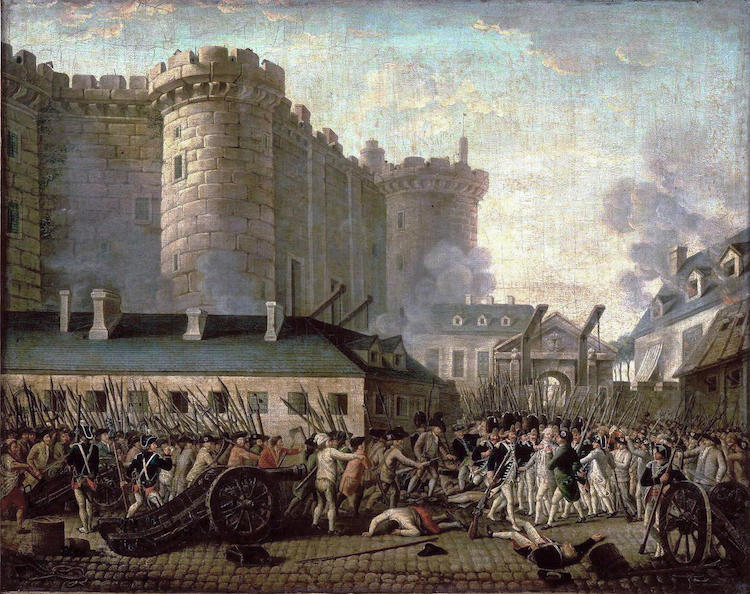
” Storming of the Bastille and arrest of the Governor M. de Launay, July 14, 1789″ (Photo:Wikimedia CommonsPublic Domain)
As he was working, his wife informed him that he had a visitor namedCharlotte Corday.
Corday claimed to have confidential information about a group of fugitive Girondins, piquing Marat’s interests.
At the end of the conversation, Cordayan undercover Girondin sympathizerunexpectedly pulled a 5-inch knife from her dress.
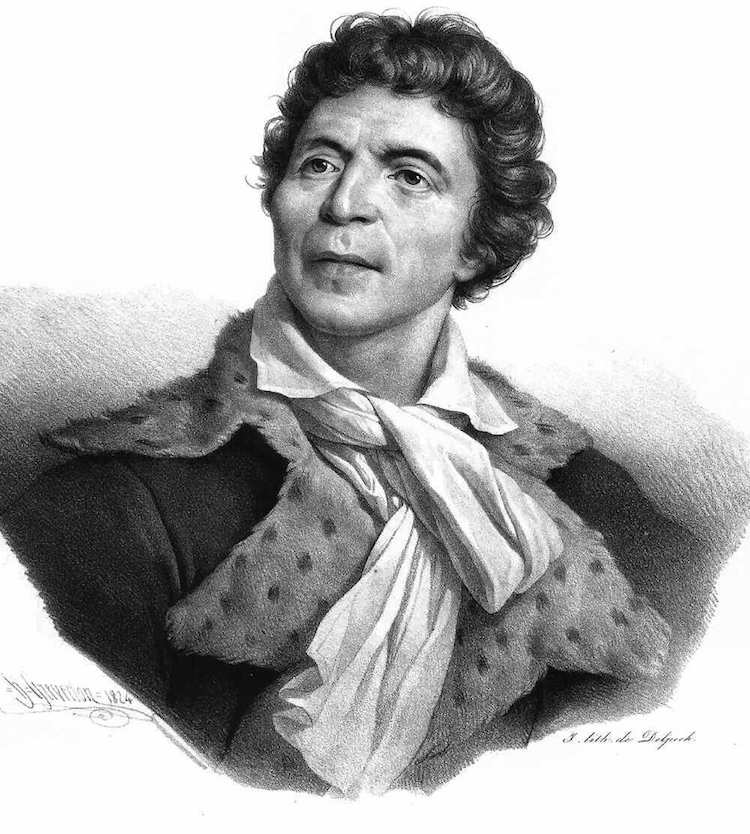
Henri Grevedon and Francois Seraphin Delpech, “Jean-Paul Marat,” 1824 (Photo:Wikimedia CommonsPublic Domain)
Marat called for his wife, but nothing could be done; he was dead within seconds.
Another Neoclassical characteristic evident inThe Death of Maratis an interest inClassical idealism.
Along with Marat’sPieta-like positioning, this strategic decision depicts Marat as a flawless martyr.

Paul-Jacques-Aimé Baudry, “Charlotte Corday,” 1860 (Photo:Wikimedia CommonsPublic Domain)
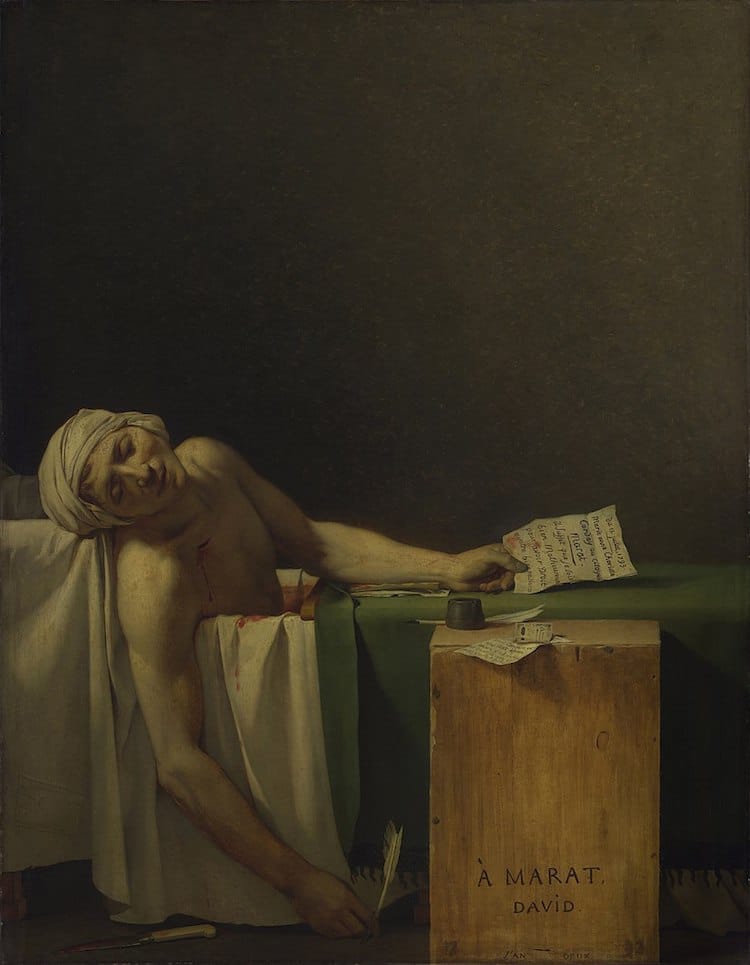
Jacques-Louis David, “The Death of Marat,” 1793 (Photo:Wikimedia CommonsPublic Domain)
